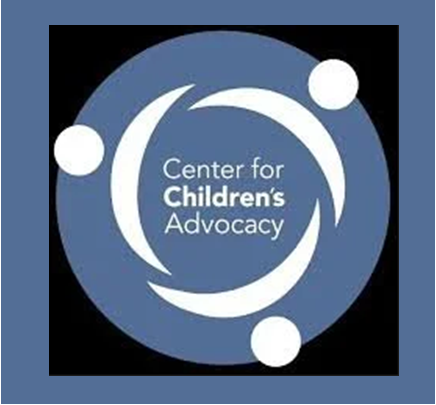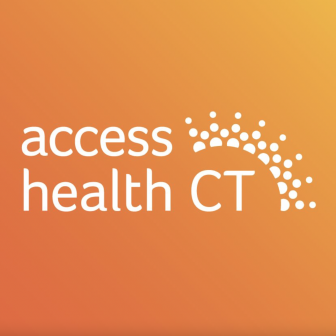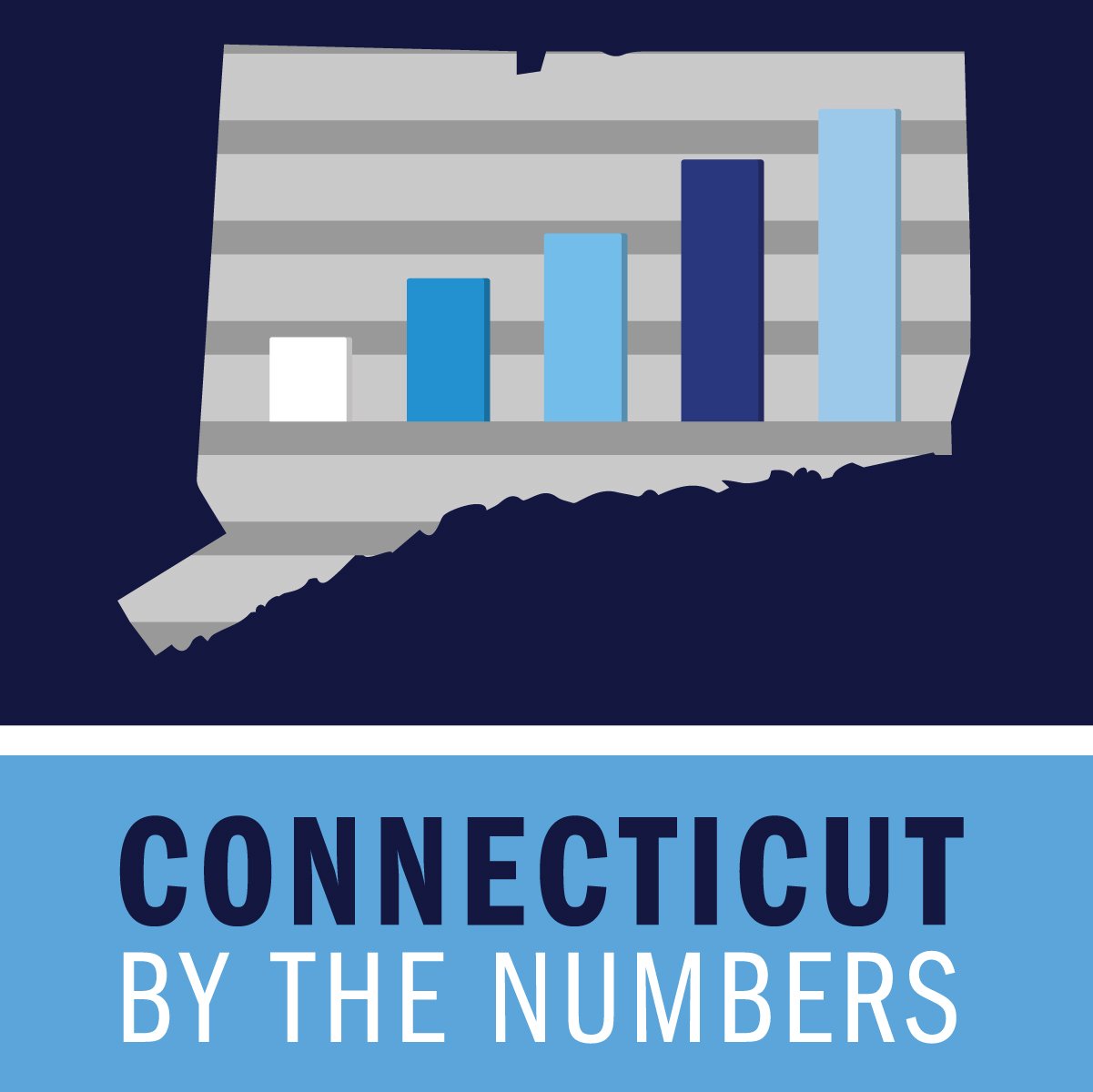Hate Words in School Setting Increasingly Target Race, Ethnicity and Sexual Orientation
/It has been estimated that 160,000 teens nationwide skip school every day because of bullying. Words of hate are a reason why. A recent report by the U.S. Department of Education indicates that among students ages 12 through 18 who reported being called a hate-related word at school, the percentage of students called a gender-based hate word decreased from 2001 to 2013, while the percentages of those students called race-, ethnically-, and sexual orientation-based hate words increased.
The report found that:
- The percentage of students who were called hate words associated with race was greater in 2013 (50 percent), as compared to 2001 (34 percent).
- The percentage of students who reported being called ethnically based hate words was greater in 2013 (29 percent), as compared to 2001 (22 percent).
- The percentage of students who reported being called a hate word associated with sexual orientation was greater in 2013 (16 percent), as compared to 2001 (10 percent).
- The percentage of students who were called gender-based hate words was lower in 2013 (15 percent), as compared to 2001 (23 percent).
 The U.S. Department of Education July 2016 Data Point report from the National Center for Education Statistics includes data from the School Crime Supplement (SCS) to the National Crime Victimization Survey, a nationally representative sample survey of students ages 12 through 18, which were used to analyze trends in hate-related words. The SCS study is completed every other year.
The U.S. Department of Education July 2016 Data Point report from the National Center for Education Statistics includes data from the School Crime Supplement (SCS) to the National Crime Victimization Survey, a nationally representative sample survey of students ages 12 through 18, which were used to analyze trends in hate-related words. The SCS study is completed every other year.
In the study, students were asked if they had been called a hate-related word in the school building, on school property, on the school bus, or going to or from school, or if they had seen hate-related graffiti in school. Specifically, students were asked if during the school year anyone called them an insulting or bad name at school having to do with their race, religion, ethnic background or national origin, disability, gender, or sexual orientation (hate-related words). Students were also asked if they had seen any hate-related words or symbols (graffiti) written in school classrooms, school hallways, or outside of the school building.
The Southern Poverty Law Center (SPLC) has reported this year that “the gains made by years of anti-bullying work in schools have been rolled back in a few short months,” due to comments made as part of the Presidential campaign. “Teachers report that students have been ‘emboldened’ to use slurs, engage in name-calling and make inflammatory statements toward each other,” explaining that “students have been emboldened by the divisive, often juvenile rhetoric in the campaign. Teachers have noted an increase in bullying, harassment and intimidation of students whose races, religions or nationalities have been the verbal targets of candidates on the campaign trail.”
The federal government’s stopbullying.gov website defines bullying actions to include “making threats, spreading rumors, attacking someone physically or verbally, and excluding someone from a group on purpose.” The Bullying Prevention and Response Training and Continuing Education Online Program devel oped by the federal Health Resources and Services Administration notes that “indirect bullying” includes “rumor spreading or encouraging others to exclude a peer.” Bullying is described as “a public health problem and requires a coordinated community response.”
oped by the federal Health Resources and Services Administration notes that “indirect bullying” includes “rumor spreading or encouraging others to exclude a peer.” Bullying is described as “a public health problem and requires a coordinated community response.”
“Harassing conduct may take many forms, including verbal acts and name‐calling” the U.S. Department of Education Office of Civil Rights pointed out in 2010 correspondence to the nation’s schools from Assistant Secretary of Civil Rights Russlynn Ali. The information provided pointed out that such behavior “fosters a climate of fear and disrespect that can seriously impair the physical and psychological health” of those subjected to it, and can “create conditions that negatively affect learning, thereby undermining the ability of students to achieve their full potential.”
The SPLC highlights the impact on students: “Every student, from preschoolers up through high school, is aware of the tone, rhetoric and catchphrases of this particular campaign season. Students are hearing conversations at home. They’re chatting, posting and joking on social media. Whether teachers decide to bring it into the classroom or not, kids are talking about it, modeling their behavior on that of political candidates and bringing heightened emotion to school along with their backpacks.”




 FBI Special Agent Judy Eide, a 25-year veteran currently assigned to the Bureau’s New Haven Division Computer Crime squad and a coordinator of the Connecticut Chapter of InfraGard, will be one of the speakers. Also on the program is Mark Ramsey the Chief Information Security Officer for ASSA ABLOY – Americas and President of the Connecticut Chapter of InfraGard. Ramsey also teaches at Fairfield University, and previously held information security positions at Stanley Black & Decker and General Electric.
FBI Special Agent Judy Eide, a 25-year veteran currently assigned to the Bureau’s New Haven Division Computer Crime squad and a coordinator of the Connecticut Chapter of InfraGard, will be one of the speakers. Also on the program is Mark Ramsey the Chief Information Security Officer for ASSA ABLOY – Americas and President of the Connecticut Chapter of InfraGard. Ramsey also teaches at Fairfield University, and previously held information security positions at Stanley Black & Decker and General Electric.
 “We want this to be a must-attend event for anyone responsible for strategic technical decisions within their organization,” says Steven Bulmer, Walker’s vice president of professional services. “Tech Impact is really a self-defining event based upon the intense interest and demand from our clients, especially for information security services.”
“We want this to be a must-attend event for anyone responsible for strategic technical decisions within their organization,” says Steven Bulmer, Walker’s vice president of professional services. “Tech Impact is really a self-defining event based upon the intense interest and demand from our clients, especially for information security services.”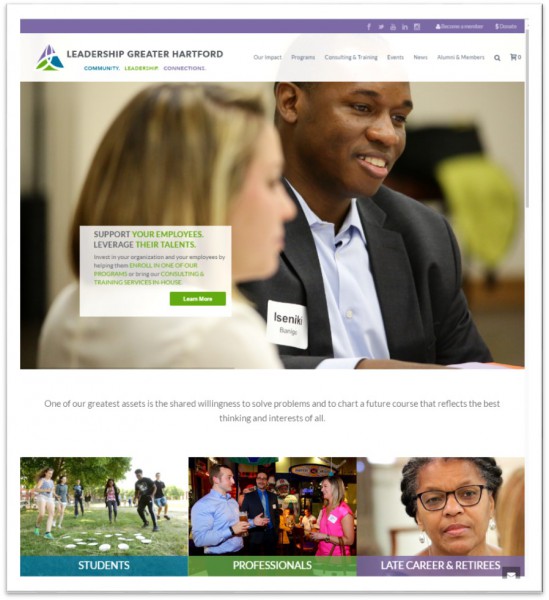 mission,” said Ted Carroll, President of Leadership Greater Hartford. “It is important that our brand reflect the organization we have become and where we will continue to be headed in the future - making our communities better and stronger.”
mission,” said Ted Carroll, President of Leadership Greater Hartford. “It is important that our brand reflect the organization we have become and where we will continue to be headed in the future - making our communities better and stronger.”

 The top 10 undergraduate schools to study game design were University of Utah (Salt Lake City, UT), University of Southern California (Los Angeles, CA), Rochester Institute of Technology (Rochester, NY), DigiPen Institute of Technology (Redmond, WA), Becker College (Worcester, MA), The Art Institute of Vancouver (Vancouver, British Columbia), Hampshire College (Amherst, MA), Michigan State University (East Lansing, MI), Drexel University (Philadelphia, PA) and New York University (Brooklyn, NY).
The top 10 undergraduate schools to study game design were University of Utah (Salt Lake City, UT), University of Southern California (Los Angeles, CA), Rochester Institute of Technology (Rochester, NY), DigiPen Institute of Technology (Redmond, WA), Becker College (Worcester, MA), The Art Institute of Vancouver (Vancouver, British Columbia), Hampshire College (Amherst, MA), Michigan State University (East Lansing, MI), Drexel University (Philadelphia, PA) and New York University (Brooklyn, NY). raduate schools to study game design were University of Utah (Salt Lake City, UT), University of Southern California (Los Angeles, CA), Rochester Institute of Technology (Rochester, NY), DigiPen Institute of Technology (Redmond, WA), Becker College (Worcester, MA), The Art Institute of Vancouver (Vancouver, British Columbia), Hampshire College (Amherst, MA), Michigan State University (East Lansing, MI), Drexel University (Philadelphia, PA) and New York University (Brooklyn, NY).
raduate schools to study game design were University of Utah (Salt Lake City, UT), University of Southern California (Los Angeles, CA), Rochester Institute of Technology (Rochester, NY), DigiPen Institute of Technology (Redmond, WA), Becker College (Worcester, MA), The Art Institute of Vancouver (Vancouver, British Columbia), Hampshire College (Amherst, MA), Michigan State University (East Lansing, MI), Drexel University (Philadelphia, PA) and New York University (Brooklyn, NY). In addition to the expert panel on opioid abuse, there will be more than 30 presenters on public health topics, a presentation on the history of CPHA and public health in the
In addition to the expert panel on opioid abuse, there will be more than 30 presenters on public health topics, a presentation on the history of CPHA and public health in the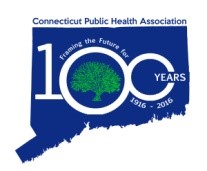 state, and a look forward to the future and innovations on the horizon in health research, policy, and community programs.
state, and a look forward to the future and innovations on the horizon in health research, policy, and community programs.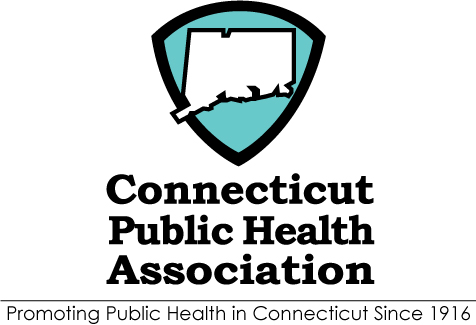 She seeks to broaden the national health debate to include not only universal access to high quality health care but also attention to the social determinants of health (including poverty) and the social determinants of equity (including racism). As a methodologist, she has developed new ways for comparing full distributions of data (rather than means or proportions) in order to investigate population-level risk factors and propose population-level interventions.
She seeks to broaden the national health debate to include not only universal access to high quality health care but also attention to the social determinants of health (including poverty) and the social determinants of equity (including racism). As a methodologist, she has developed new ways for comparing full distributions of data (rather than means or proportions) in order to investigate population-level risk factors and propose population-level interventions.
 Keynote speakers include Thomas W. Prete, Vice President of Engineering for Pratt & Whitney, Michael McQuade, Senior Vice President, Science and Technology, for United Technologies, Chris Van Buiten, Vice President of Sikorsky Innovations at Sikorsky Aircraft, and Peter Smith, Vice President, Engineering, at UTC Aerospace Systems.
Keynote speakers include Thomas W. Prete, Vice President of Engineering for Pratt & Whitney, Michael McQuade, Senior Vice President, Science and Technology, for United Technologies, Chris Van Buiten, Vice President of Sikorsky Innovations at Sikorsky Aircraft, and Peter Smith, Vice President, Engineering, at UTC Aerospace Systems.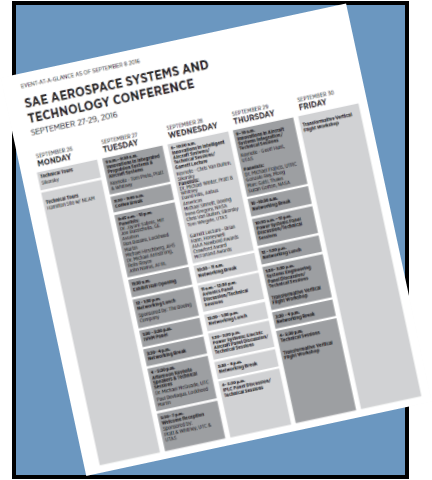
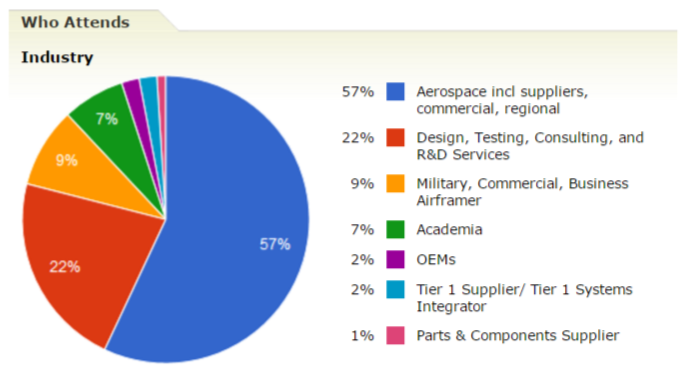

 As the state's principal educational technology advisor, the website explains, “the Commission works to ensure the effective and equitable use of resources, without duplication, and engender cooperation and collaboration in creating and maintaining technology-based tools for use by all the people of Connecticut.”
As the state's principal educational technology advisor, the website explains, “the Commission works to ensure the effective and equitable use of resources, without duplication, and engender cooperation and collaboration in creating and maintaining technology-based tools for use by all the people of Connecticut.”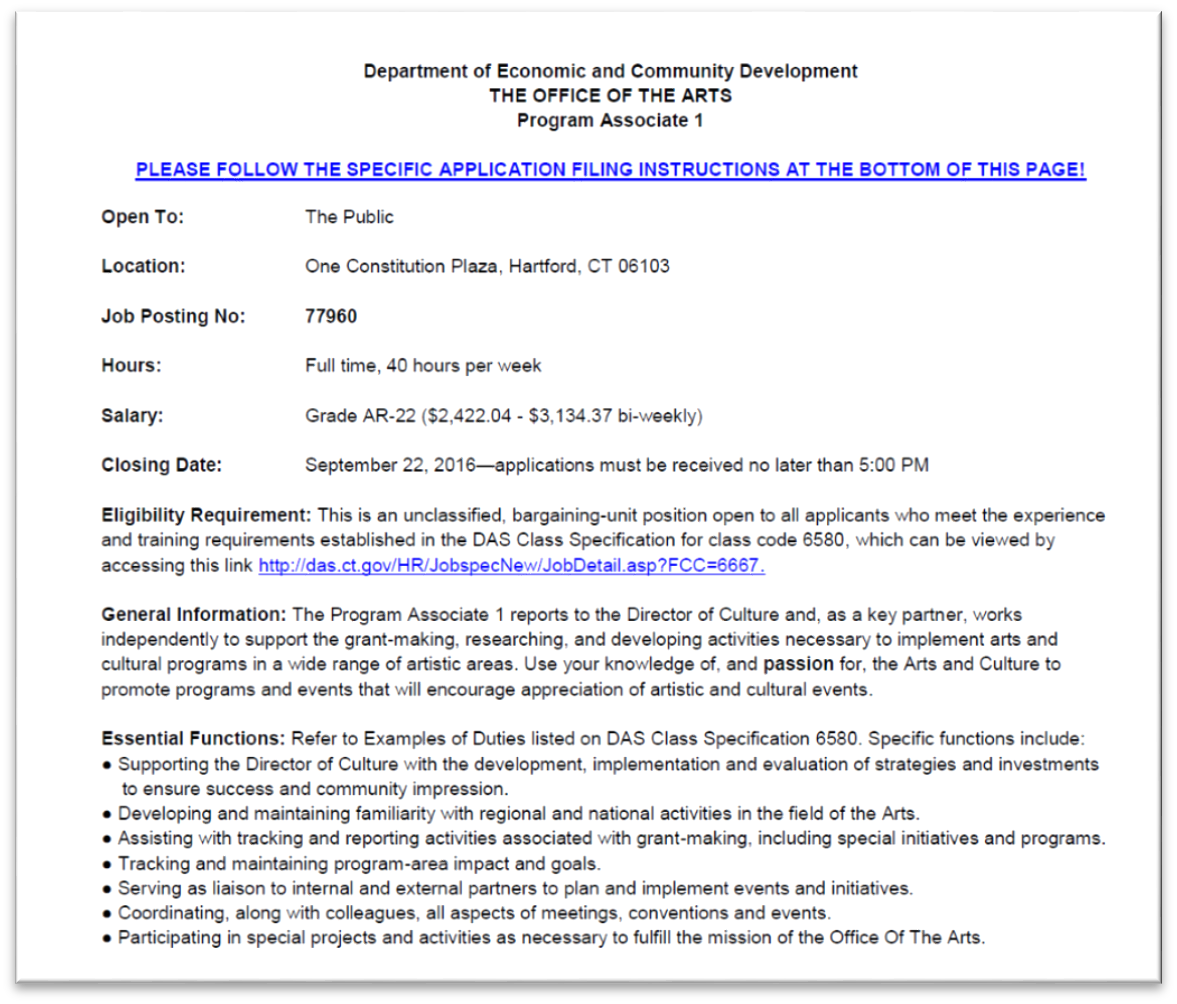 To do this, we've engaged a firm to help guide our discussions and considerations and are utilizing a Design Thinking approach to this process.”
To do this, we've engaged a firm to help guide our discussions and considerations and are utilizing a Design Thinking approach to this process.”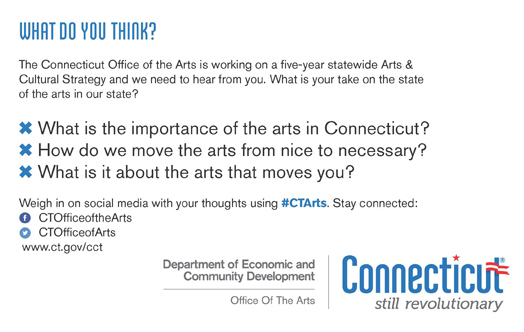
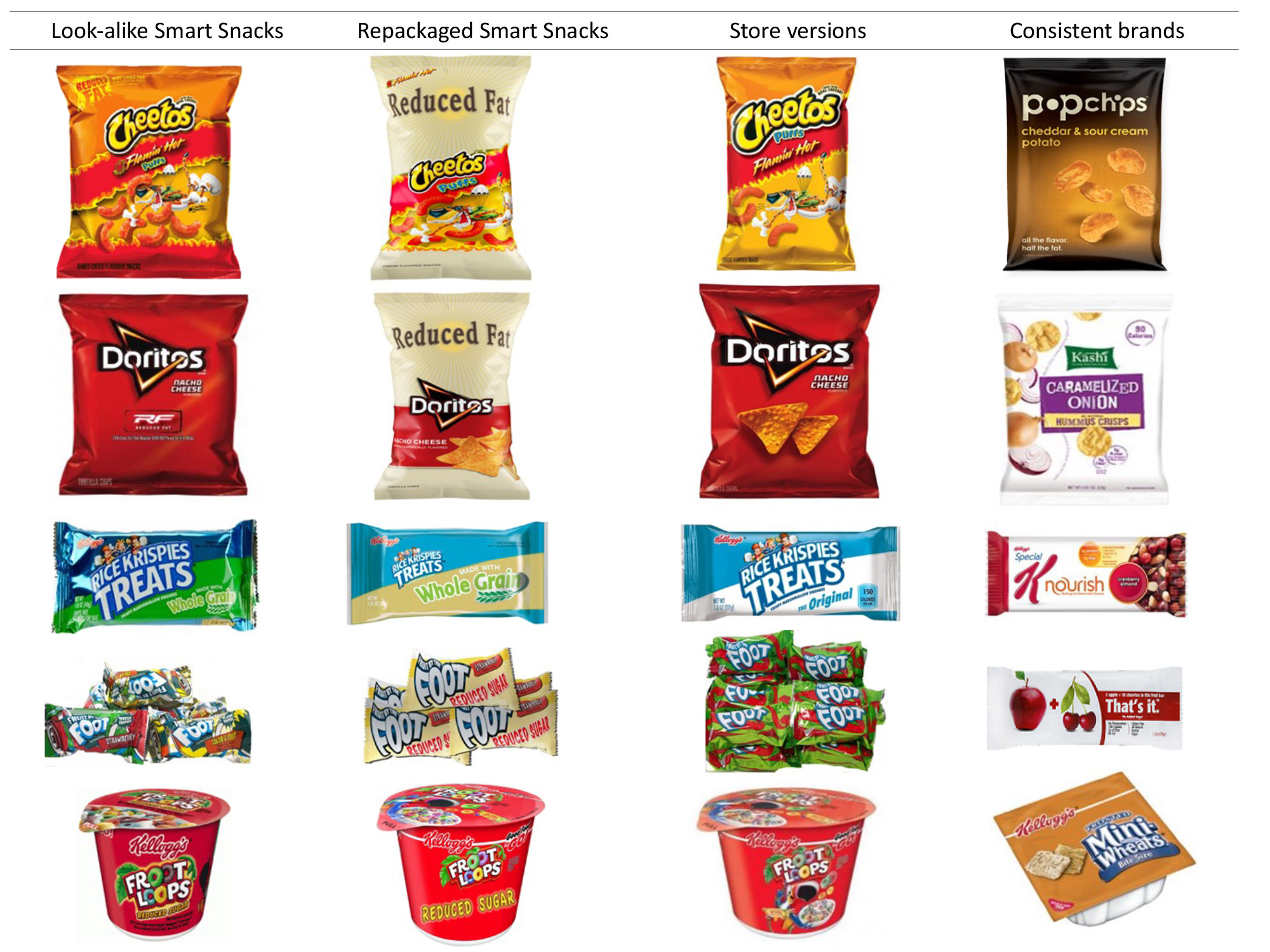
 “The practice of selling look-alike Smart Snacks in schools likely benefits the brands,” says Harris, “but may not improve children’s overall diet, and undermines schools’ ability to teach and model good nutrition.”
“The practice of selling look-alike Smart Snacks in schools likely benefits the brands,” says Harris, “but may not improve children’s overall diet, and undermines schools’ ability to teach and model good nutrition.”





